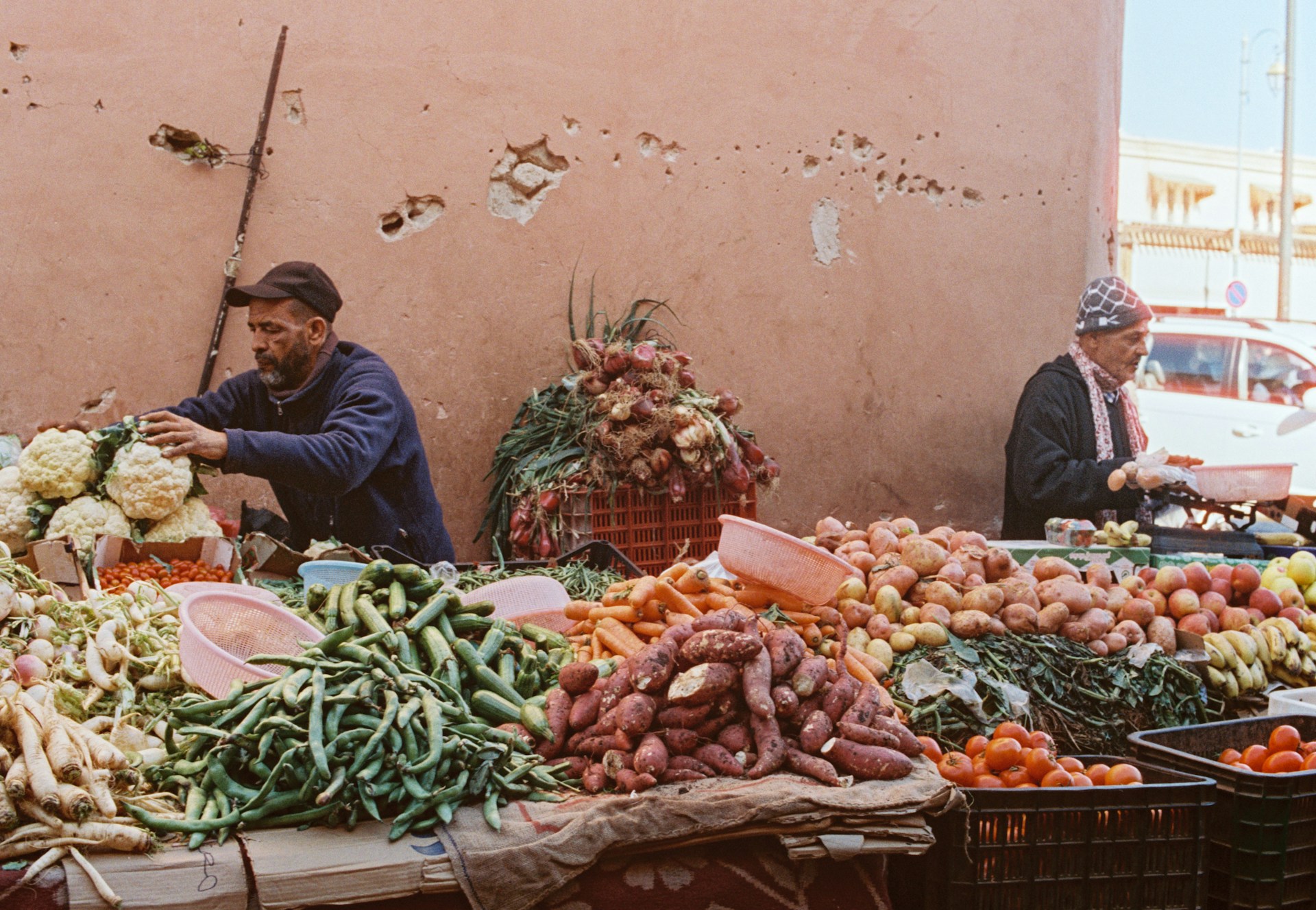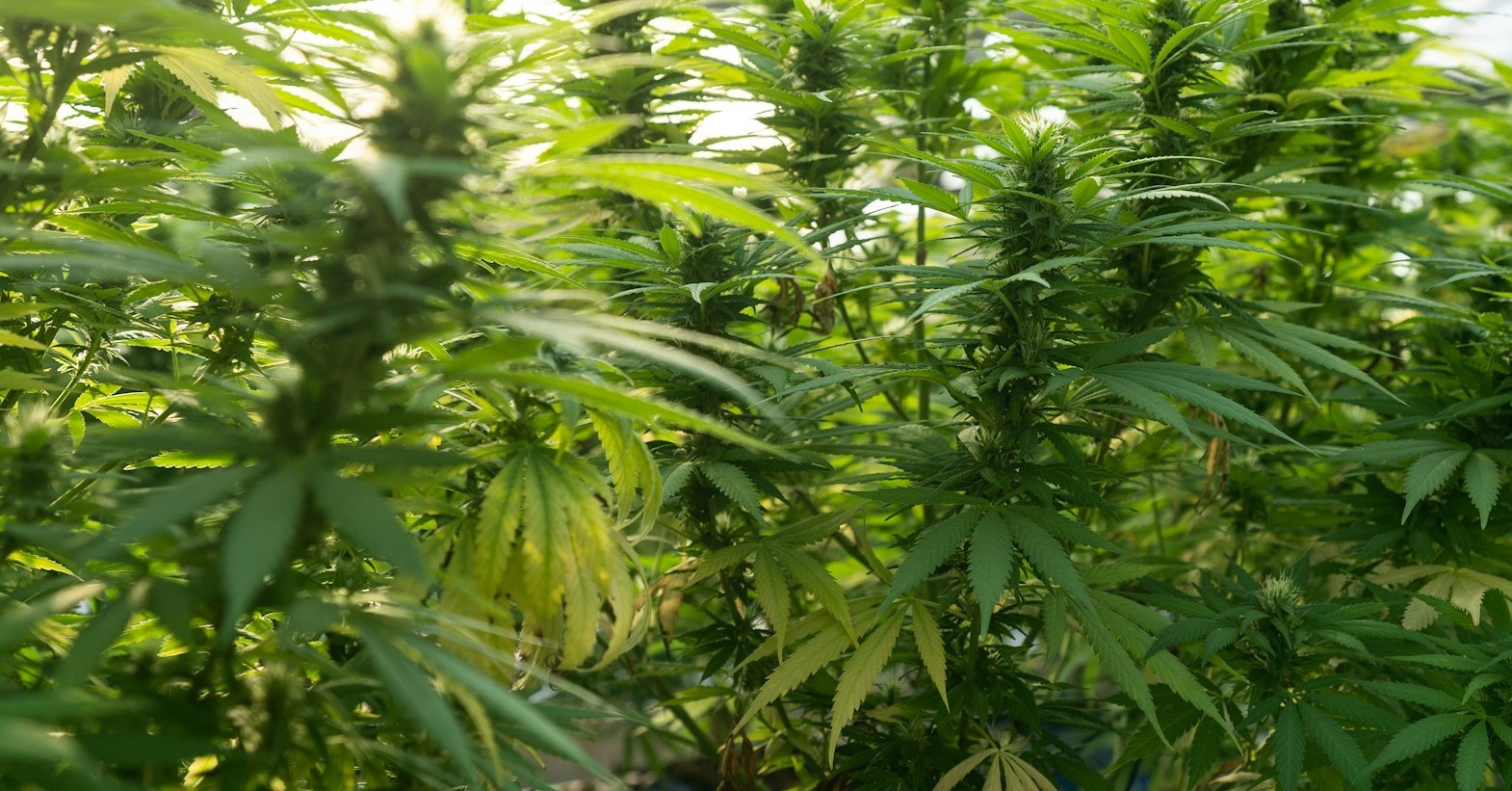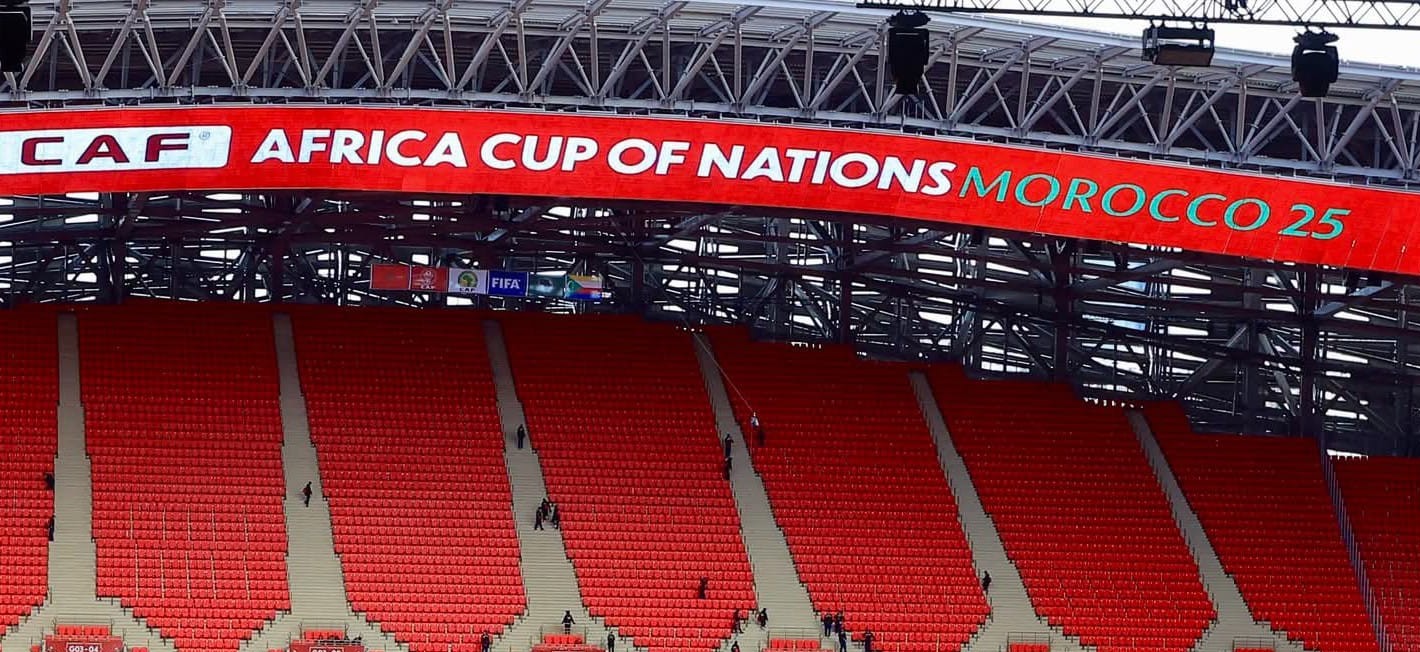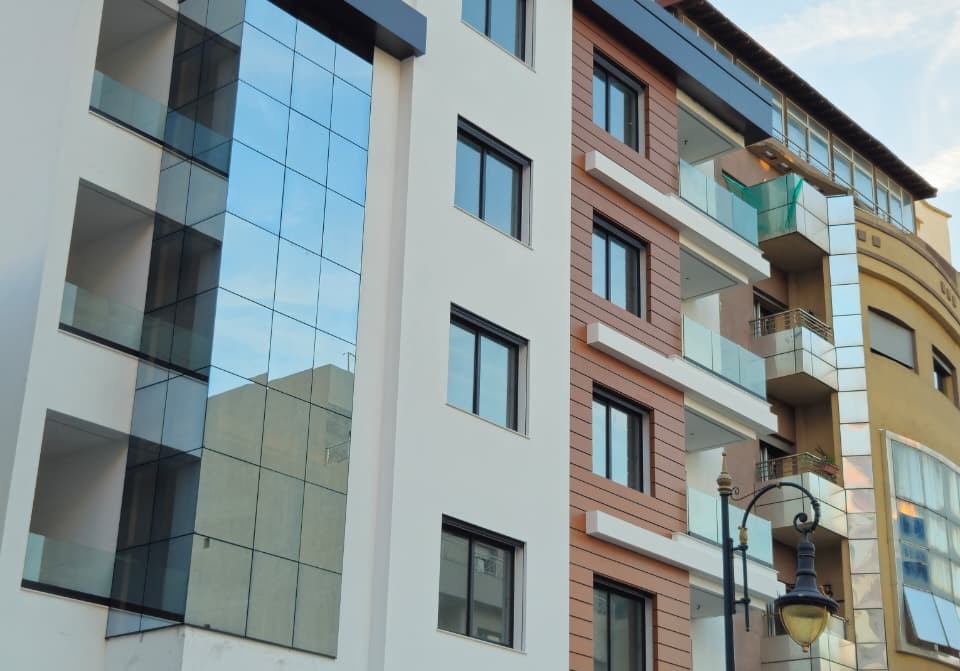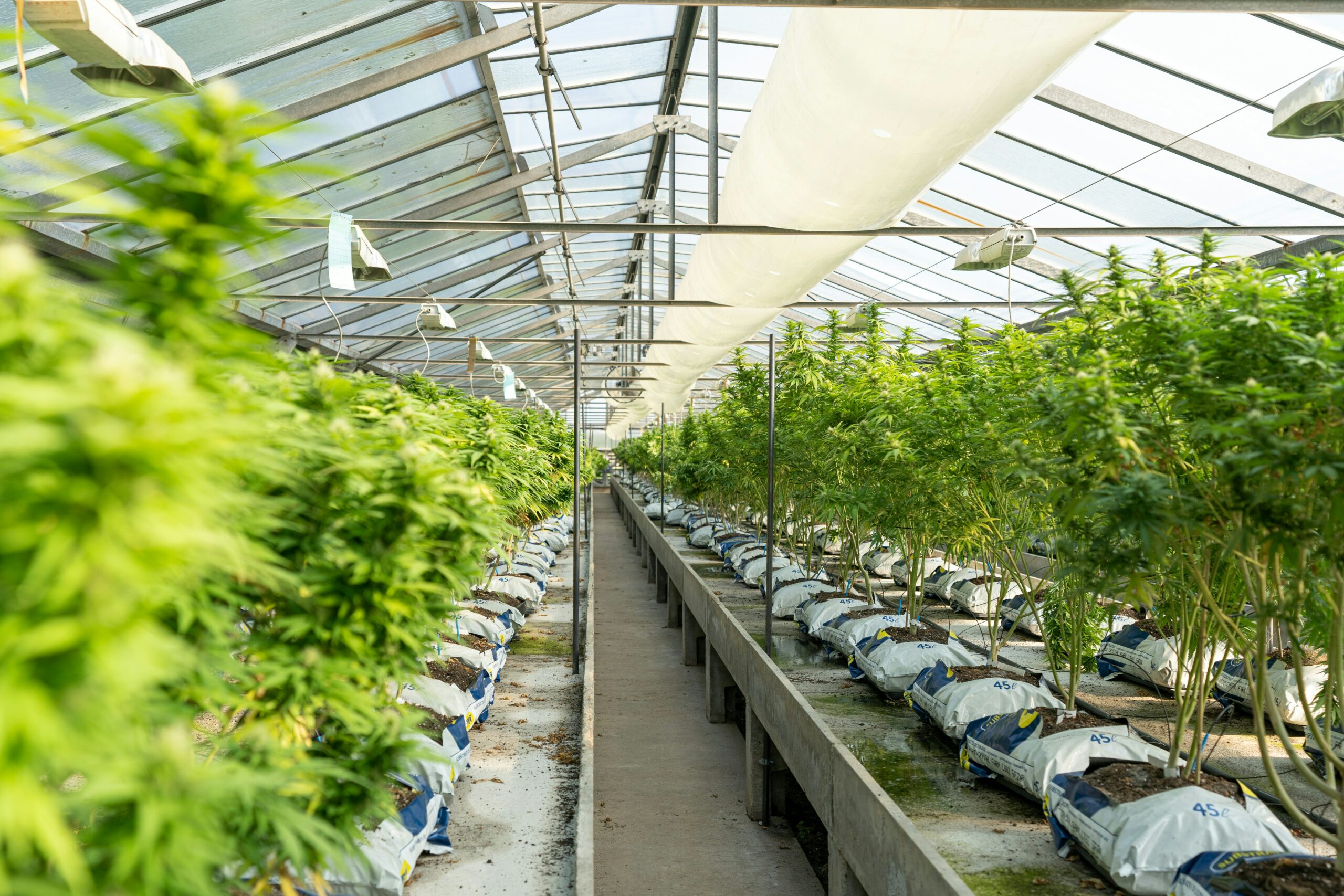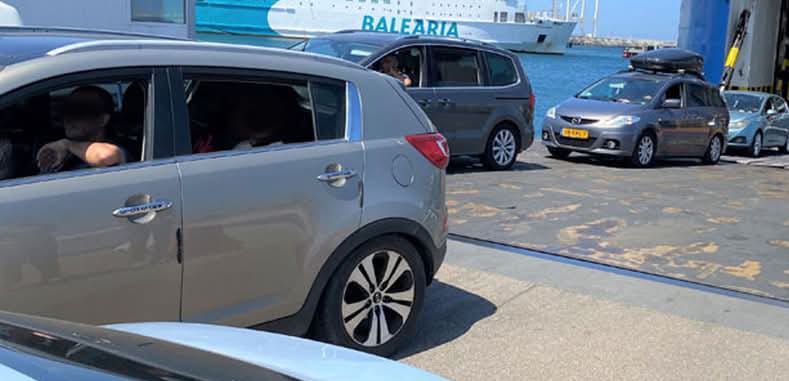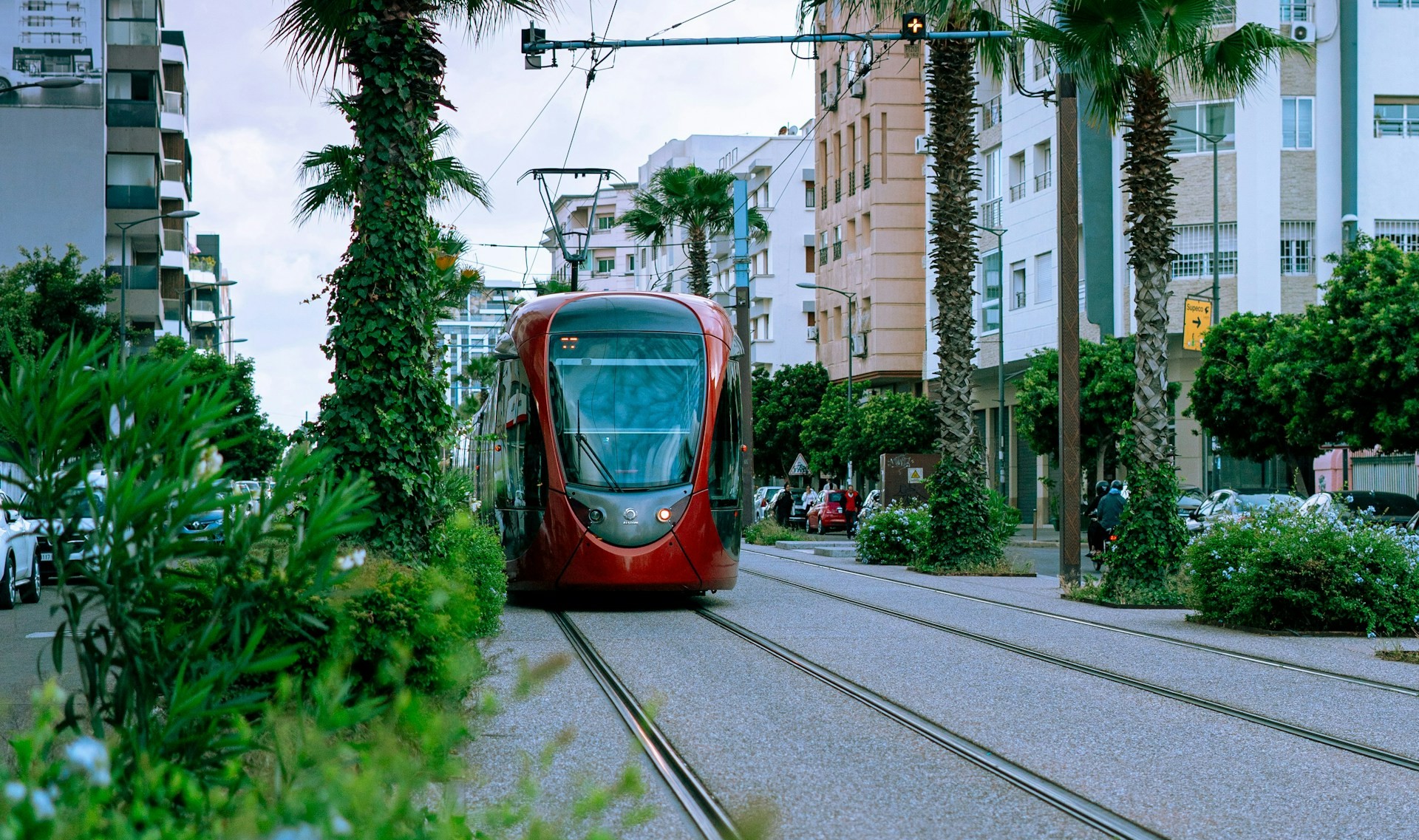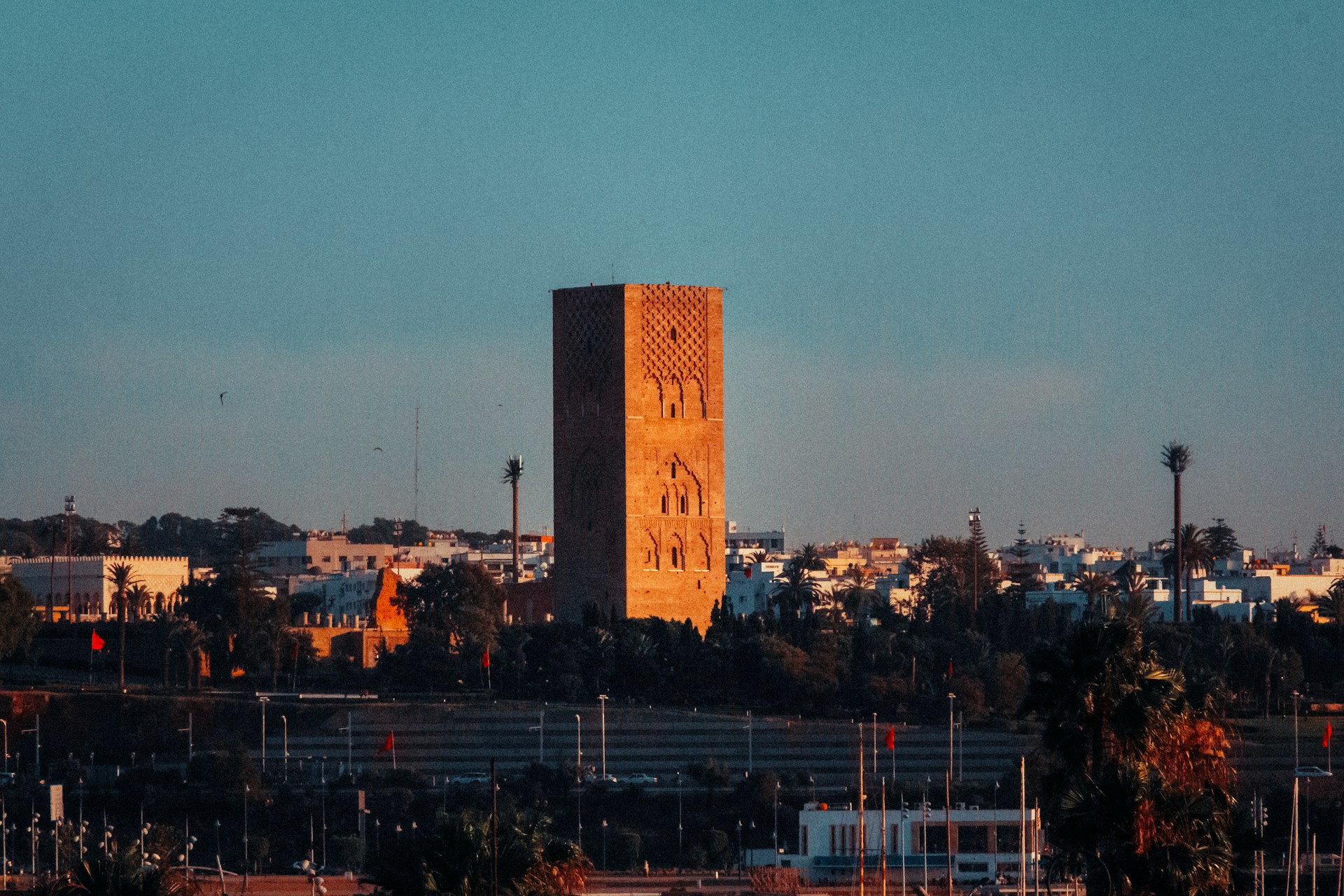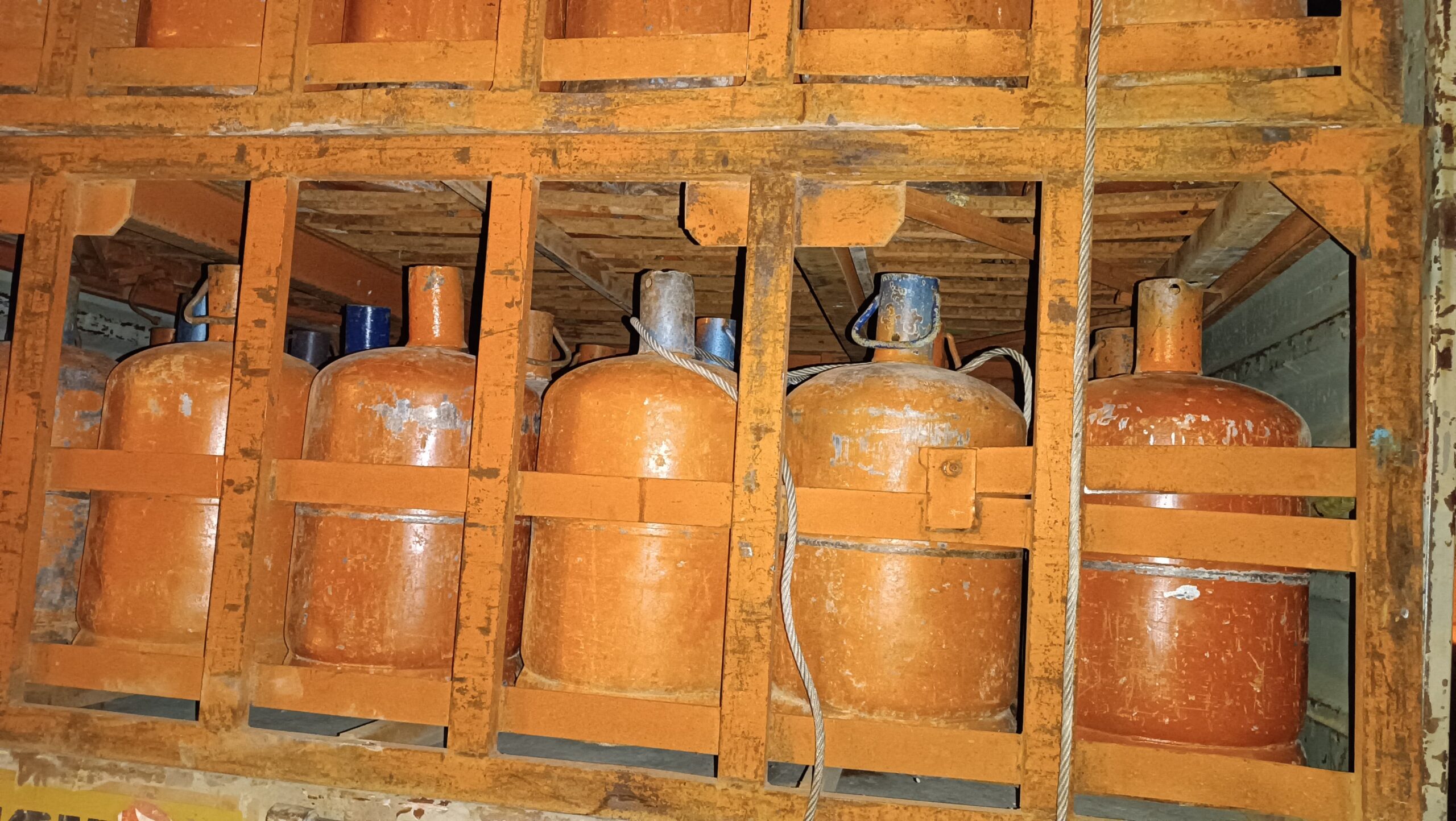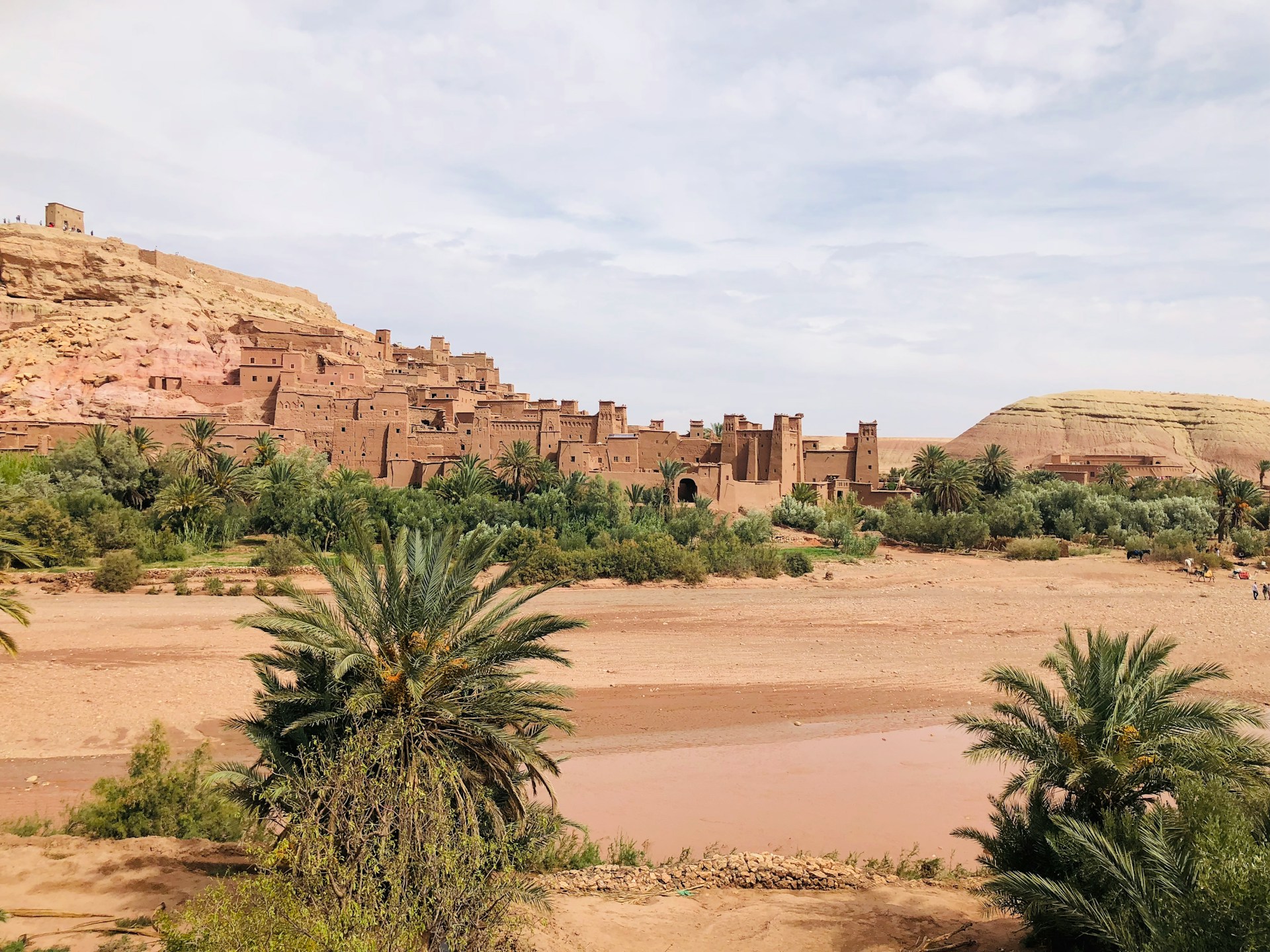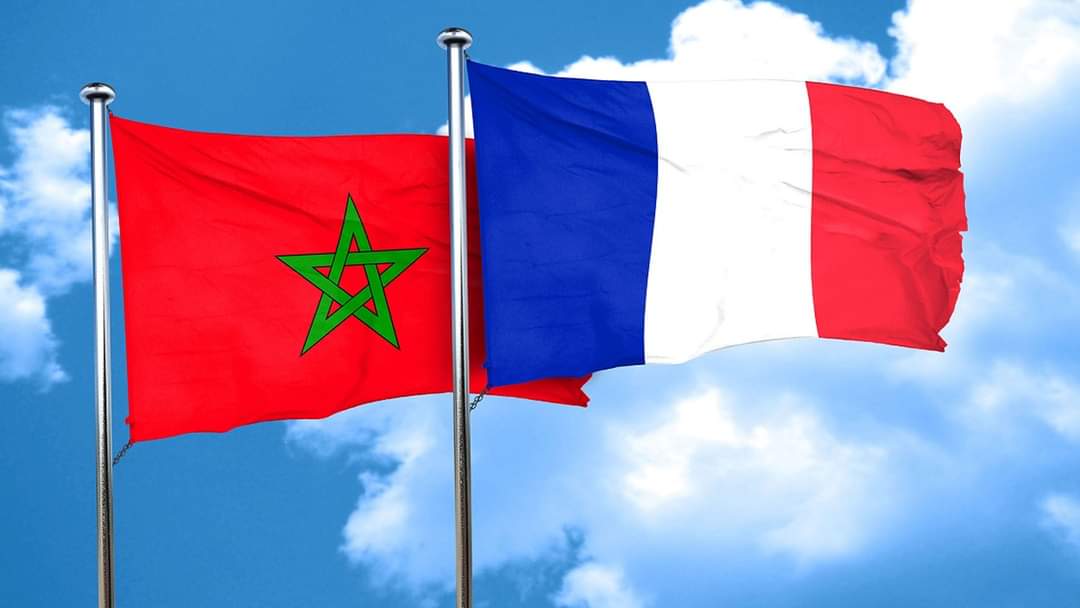Casablanca – Morocco’s ambitious housing support program, launched to facilitate access to property and strengthen social equity, has reached a significant stage of progress. As of the end of September 2025, more than 66,000 Moroccan citizens have already benefited from the government initiative, with total financial assistance amounting to $557 million. The program, which was introduced to ease the path to homeownership for middle-income households and young people, is becoming one of the country’s most impactful social and economic policies in recent years.
Expanding access to homeownership
According to data released by the Ministry Delegate for Relations with Parliament and Government Spokesperson Mustapha Baitas, 66,305 people have received financial aid under the housing program since its launch. Out of a total of 198,064 applications submitted to date, nearly one-third have been processed and approved.
The program was designed to make housing more accessible across different income levels and regions by providing direct financial support to eligible applicants. Beneficiaries can receive subsidies based on the market value of the property they purchase. Around 62% of the total assistance has gone to properties priced between $30,900 and $72,200, while 38% was directed toward homes valued at less than $30,900.
This distribution illustrates the program’s dual objective: to help first-time buyers secure affordable housing and to stimulate investment in mid-range residential properties. The scheme has also contributed to balancing housing demand between urban centers and emerging cities, supporting regional development goals.
Strong demand from youth and women
One of the most striking aspects of the program’s progress is its reach among young Moroccans and women, two groups that often face structural barriers in the real estate market. According to government figures, 37% of beneficiaries are under the age of 30, reflecting strong interest from younger generations seeking stability and independence through homeownership.
Meanwhile, women represent 47% of all beneficiaries, a record level that underscores growing female participation in Morocco’s social and economic transformation. Government officials have emphasized that this outcome aligns with national strategies to promote gender equity, economic empowerment, and family well-being.
Inclusion of the Moroccan diaspora
The program also extends to Moroccans living abroad, who make up approximately 24% of total beneficiaries. This inclusion highlights the government’s efforts to engage the Moroccan diaspora in national development initiatives. For many expatriates, the program provides a secure and simplified framework for property acquisition in their home country, reinforcing economic ties and fostering long-term investment.
A strategic investment in the real estate sector
The total value of financial aid distributed so far—$557 million—demonstrates the program’s significant role in stimulating Morocco’s housing and construction sectors. Beyond social objectives, the initiative serves as a lever for economic recovery by generating new demand for residential projects and revitalizing related industries such as building materials, construction services, and urban infrastructure.
Developers and real estate professionals report that the subsidy mechanism has encouraged more transparent pricing and reduced speculative practices in certain markets. By targeting middle-income households and affordable housing segments, the program also helps maintain price stability and address the structural gap between supply and demand in urban housing.
A broader social policy framework
The housing program is part of a broader national approach to improving living conditions and reducing social inequalities. During the same period, the government has advanced reforms in the field of social protection, including the regulation of care institutions. Recent data show that 1,311 licensed social care establishments currently operate across Morocco, serving over 115,000 beneficiaries.
A newly approved government decree now allows these institutions to provide care both within and outside their facilities, subject to prior authorization renewed annually. Officials say the measure will enhance governance, improve service quality, and ensure greater transparency in managing social welfare programs.
Looking ahead
Government spokesperson Mustapha Baitas stressed that the housing support program will continue to evolve based on social and economic priorities. Future phases are expected to integrate digital application systems, streamline administrative procedures, and strengthen oversight to ensure equitable access to subsidies.
He reiterated that the government’s approach is guided by principles of social justice, inclusiveness, and sustainability, aiming to empower the country’s youth, support women’s economic autonomy, and create conditions for long-term housing stability.
As Morocco advances toward its 2030 development vision, the housing support program stands out as a tangible example of policy-driven social investment—bridging the gap between public assistance and economic growth. By combining targeted financial aid with structural reforms, the initiative not only fulfills a social need but also reinforces the foundations of a more inclusive and resilient national economy.
